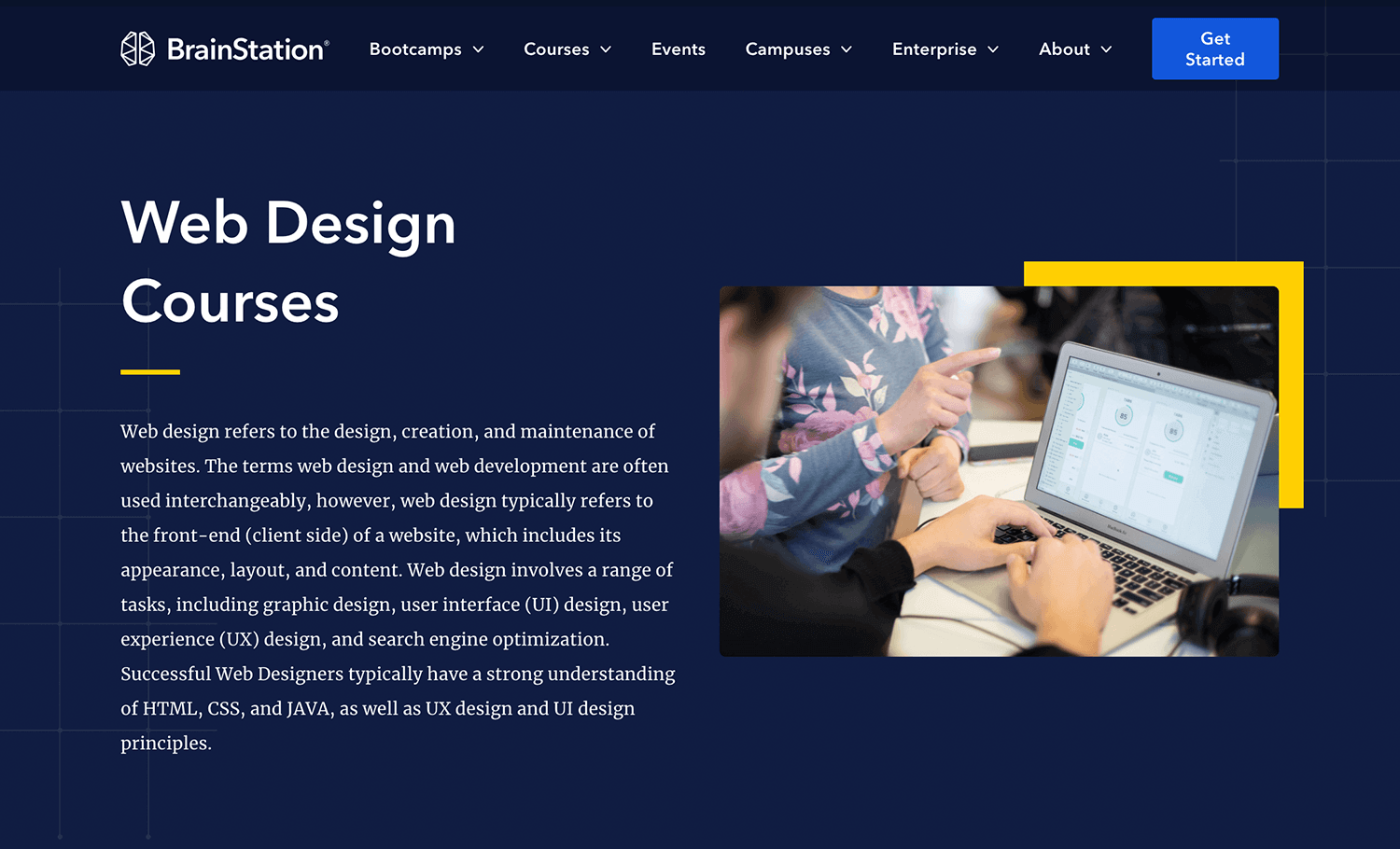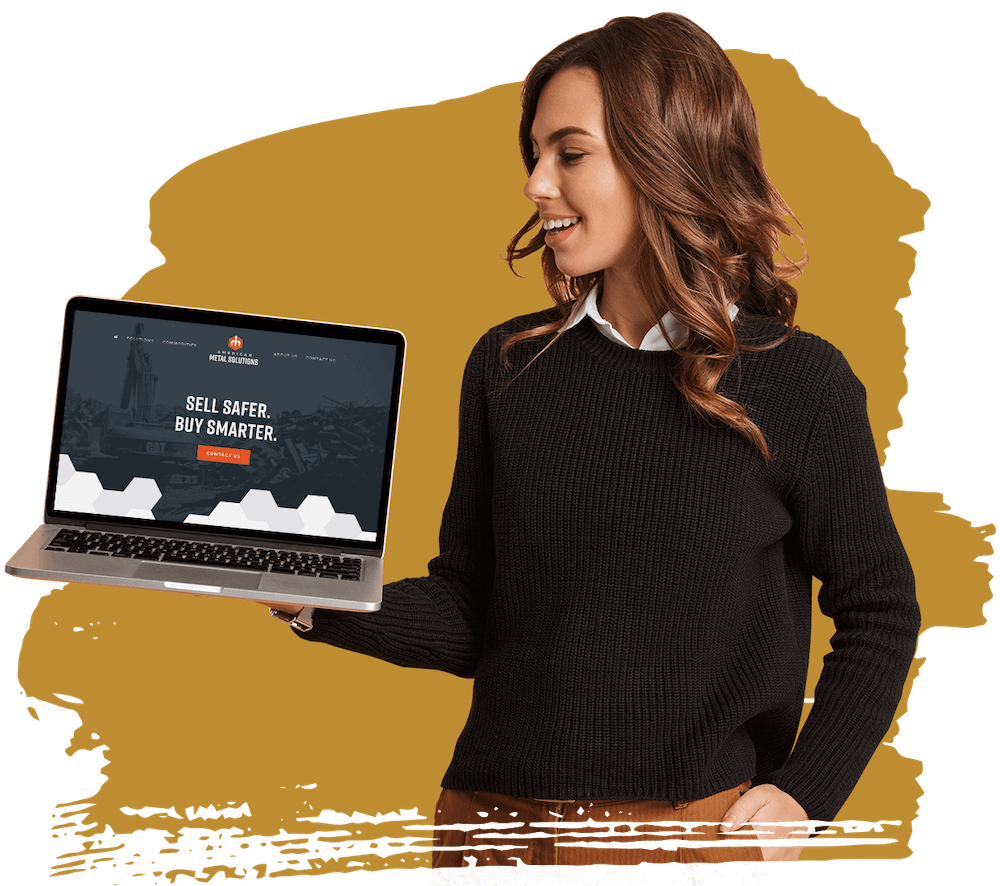Aligned Position Web Design: Creating Custom Websites That Drive Traffic and Increase Conversions
Aligned Position Web Design: Creating Custom Websites That Drive Traffic and Increase Conversions
Blog Article
The Most Effective Kinds Of Web Layout to Improve User Experience and Engagement
In the ever-evolving landscape of digital interaction, the effectiveness of website design considerably affects customer experience and interaction. Different layout approaches, such as minimalist, receptive, and interactive designs, each deal one-of-a-kind advantages that can deal with varied user requirements. Understanding which kinds of website design ideal serve these purposes can be crucial for organizations aiming to boost client complete satisfaction and retention. However, the question continues to be: which design components absolutely reverberate with individuals and foster meaningful involvement? The exploration of these concepts exposes crucial understandings that may redefine your strategy to website design.
Minimal Web Style
As digital landscapes come to be progressively cluttered, minimalist Web design has actually arised as an effective approach to enhancing customer experience. This style viewpoint focuses on simpleness, concentrating on essential aspects while eliminating unnecessary diversions. By utilizing ample white area, uncomplicated navigation, and a restricted shade palette, minimalist design fosters clarity and directs user attention to crucial web content.
The core principle of minimalist website design is to produce a smooth interaction for users. By lowering cognitive lots, individuals can swiftly comprehend details without really feeling bewildered. This straight strategy not only boosts usability yet additionally encourages engagement, as site visitors are more probable to discover a site that is visually attractive and very easy to navigate.
Additionally, minimalist style often highlights typography and images, utilizing these elements purposefully to share messages effectively. In significance, minimalist Web style is not simply a trend; it is a thoughtful approach that identifies the value of user-centered style.
Receptive Web Design
In today's diverse electronic atmosphere, responsive Web layout has actually become important for creating a seamless customer experience across a wide variety of tools. As individuals accessibility web sites on smartphones, desktops, laptop computers, and tablet computers, the ability of a web site to adjust its layout and web content to different screen dimensions and resolutions is crucial.
Responsive website design employs flexible grids, photos, and CSS media questions to ensure that Web material is presented optimally, no matter the tool used. This approach not just improves the visual appeal of a site yet likewise substantially improves use. Customers are most likely to engage with a site that supplies a regular experience, as it removes the aggravation of needing to zoom in or scroll exceedingly.
In addition, search engines, including Google, focus on mobile-friendly websites in search rankings. By taking on receptive style, services can boost their presence and get to a more comprehensive target market. This technique also streamlines website maintenance, as a single variation of the website can satisfy all tools, minimizing the need for numerous versions. In summary, responsive Web style is a fundamental method that boosts user experience, engagement, and general complete satisfaction.
Interactive Website Design
Receptive Web design prepares for improving individual experience, but interactive website design takes this a step even more by involving users in a much more dynamic way - Aligned Position Web Design. By incorporating aspects such as animations, clickable models, and real-time feedback, interactive Web design captivates customers, attracting them into a richer browsing experience
This approach not just promotes engagement however also urges customers to check out content proactively rather than passively consuming it. Techniques such as gamification, where individuals make incentives for completing jobs, can significantly improve the time invested on a website and boost general complete satisfaction. Furthermore, interactive attributes can streamline complex info, making it much more satisfying and absorbable.

Incorporating interactive design components can likewise cause greater conversion rates, as customers are much more most likely to involve with a website that actively involves them. Aligned Position Web Design. Inevitably, interactive Web design transforms user experiences into memorable journeys, making certain that site visitors return time and again
Apartment Style
Identified by its minimalistic method, level layout stresses simplicity and performance, removing away unnecessary aspects and concentrating on important attributes. This layout viewpoint focuses on functionality, making sure that users discover here can browse user interfaces effortlessly and effectiveness. By using a clean aesthetic, flat layout removes the mess often found in more luxuriant designs, thus enhancing customer concentrate on material and functionality.
The trademark of flat style depends on its use strong colors, easy typography, and geometric forms. These elements add to an aesthetically enticing interface that is both contemporary and friendly. Additionally, level layout cultivates a sense of clarity, permitting about his individuals to discern crucial activities and details without diversion.
In addition, level design is especially efficient in receptive Web design, as its simplicity converts well across different devices and screen sizes. By concentrating on vital features, flat style not just fulfills customer demands however likewise urges smooth communication, making it an essential part of effective Web style strategies.
Adaptive Website Design
Flexible website design tailors the individual experience by producing several repaired layouts customized to various display dimensions and devices. Unlike receptive layout, which fluidly adjusts a single layout, adaptive style uses distinctive formats for particular breakpoints, ensuring optimal discussion on numerous platforms. This approach enables developers to concentrate on the unique features of each gadget, enhancing usability by delivering exactly what users need based on their context.
Among the primary advantages of flexible Web design is its ability to maximize lots times and efficiency. By serving customized content and photos that fit the customer's device, web sites can decrease information use and improve loading speeds. This is especially helpful for individuals with slower connections or restricted data strategies.

Additionally, adaptive company website style helps with a much more consistent and regulated branding experience. Because designers produce several layouts, they can make sure that the aesthetic aspects straighten with the brand's identity throughout various systems - Aligned Position Web Design. This causes a natural user experience, improving involvement and advertising user retention
Final Thought
To conclude, the assimilation of minimal, receptive, and interactive website design concepts significantly improves user experience and interaction. Minimal design promotes clearness and emphasis, while receptive style ensures versatility across various devices, advertising access. Interactive layout mesmerizes customers with dynamic elements, urging exploration and customization. Collectively, these style approaches add to the development of easy to use settings that not only improve satisfaction yet also drive higher conversion prices, highlighting their crucial value in contemporary Web style techniques.

Minimalist layout cultivates clarity and focus, while responsive design makes sure adaptability across numerous gadgets, advertising ease of access. Jointly, these design approaches add to the development of straightforward settings that not just enhance complete satisfaction yet likewise drive higher conversion rates, emphasizing their crucial value in contemporary Web layout methods.
Report this page